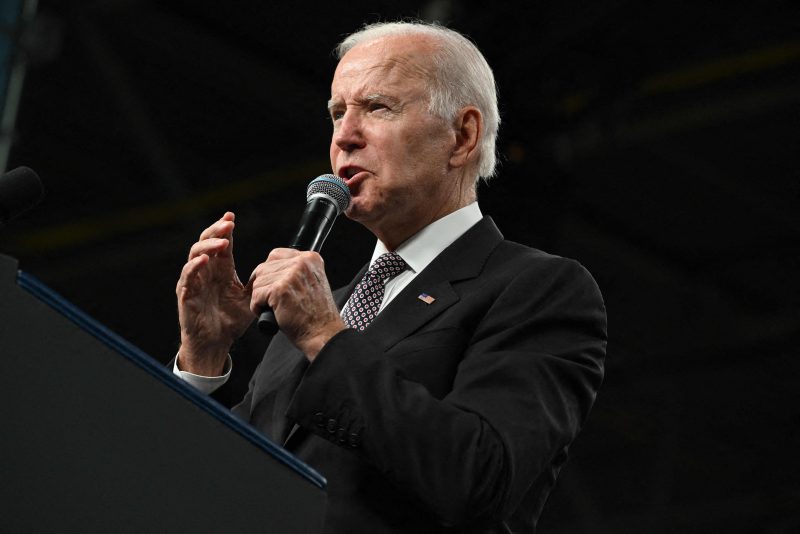
OAN’s Stephanie Stahl
12:00 PM – Monday, October 9, 2023
According to experts, the year 2024 could see the worst economic collapse since the Great Depression.
Despite the White House’s continuous claims that “Bidenomics” is working successfully to benefit the economy, fears remain high that a recession could be right around the corner due to a sharp rise in inflation, interest rates, and market uncertainty.
The strain on the U.S. economy began in 2020 due to a number of factors, especially when the COVID-19 pandemic prompted government lockdowns and mandates. The U.S. Congress spent trillions of dollars to keep the economy and stock market afloat.
Additionally, policies set by the Federal Reserve led to money creation at unprecedented levels.
Subcommittee Chair Rep. Brad Wenstrup (R-Ohio) claimed that the “massive growth in government spending” — referring to the $4.6 trillion spent on the U.S. Covid-19 response — is ultimately what caused the inflation the U.S. is seeing today.
Meanwhile, the Federal Reserve kept interest rates extremely low during the pandemic, despite economists warning that this, coupled with an increase in government spending, could later trigger a recession.
In 2022, the Federal Reserve also began raising interest rates again in order to undo the damage caused by the pandemic and to tame inflation.
However, the Biden Administration and Congress did not pull back on government spending.
In terms of monetary policy, inflation reached a 40-year-high in mid-2022. As of September 2023, it remains above the Federal Reserve’s target of 2%. The Federal Reserve has raised interest rates 11 times since 2022 to bring down inflation, according to USA Facts.
The inflation rate has now dropped, but not enough to “deflate” prices. Consumer goods, gas, rent, and housing prices remain much higher than before the pandemic.
Additionally, the U.S. money supply has fallen at an unprecedented rate, which is another potential issue for curbing inflation.
According to the latest Federal Reserve data, the “M2” money supply, which refers to cash, personal savings, and market accounts accessible to consumers, fell to $20.673 trillion in April. This is a drop of $1.031 trillion from a peak in July 2022.
On a year-over-year (YOY) basis, the 4.6% drop in April 2023 is the largest decline since the Fed began formally tracking M2 in 1959.
The lower money supply prompted by the Fed’s policies and the Biden Administration’s spending has inflicted a huge strain on American families. More Americans are reportedly dipping into their savings and depending on credit cards to cover basic living expenses, leading to consumer debt reaching new heights.
Last spring, Americans’ collective credit card debt hit over $1 trillion for the first time in history.
Meanwhile, Congress and the Biden Administration are attempting to reach a deal on government spending. An agreement will need to be reached soon for there to be any improvement in prices and inflation. Otherwise, the U.S. could be headed for another massive economic crisis.
Stay informed! Receive breaking news blasts directly to your inbox for free. Subscribe here. https://www.oann.com/alerts

